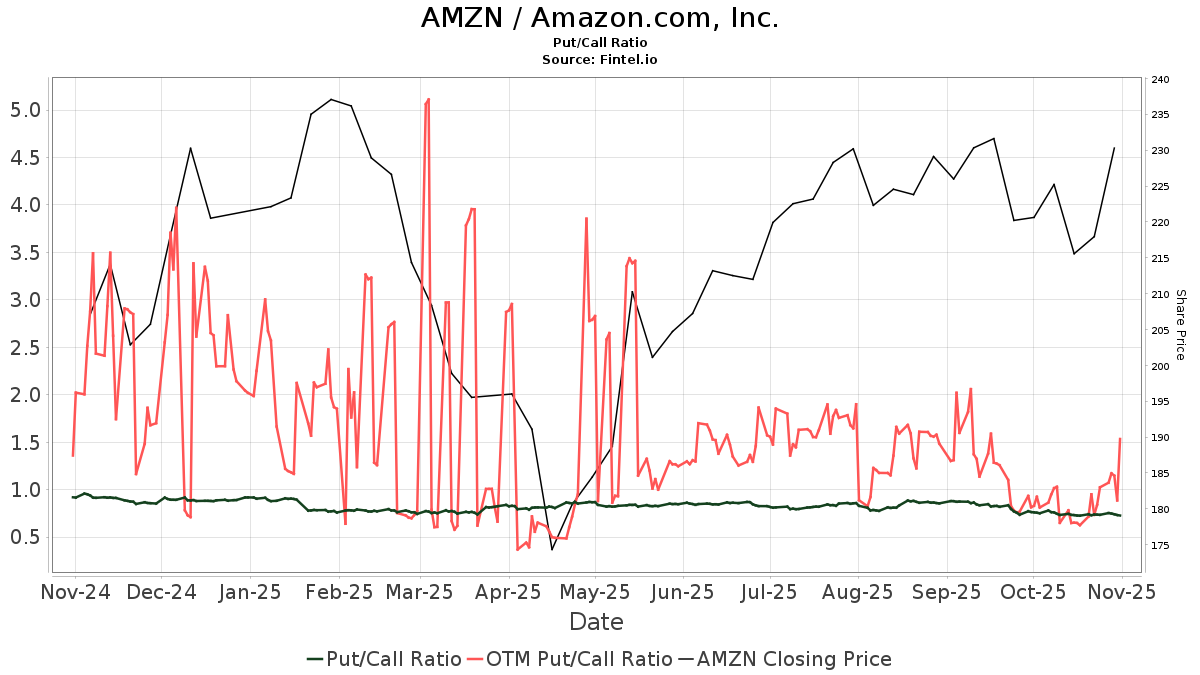For over 80 years, Social Security has been a vital source of income for many retirees in the United States. In annual Gallup surveys spanning over two decades, 80% to 90% of retirees reported relying on their monthly benefit checks to help cover expenses.
Given the significance of Social Security in supporting our aging population, the annual cost-of-living adjustment (COLA) announcement is highly awaited.
However, the adjustment of benefits is just one of several changes made to America’s leading retirement program each year. Here are seven essential updates regarding Social Security for 2025.

Image source: Getty Images.
1. Cost-of-Living Adjustment (COLA) Set for 2025
The COLA announcement is undeniably the highlight of the upcoming year. It allows the Social Security Administration (SSA) to increase benefits to keep pace with inflation, ensuring that beneficiaries maintain their purchasing power over time.
On October 10, the SSA revealed a 2.5% COLA for 2025. While this marks the lowest increase since 2021 for over 68 million beneficiaries, it slightly exceeds the 2.3% average COLA from the last 15 years.
For the average retired worker, this translates to an increase of roughly $49 per month in 2025. Workers with disabilities and survivors can expect their average payouts to rise by $38 a month each.
Despite the above-average COLA, persistent inflation in housing and medical care, along with projected increases in Part B premiums that could rise more than twice the COLA rate, may ultimately reduce the purchasing power for retirees.
2. Higher Benefits for Wealthier Recipients
In addition to overall increases for all beneficiaries, those at the top of the earnings scale will also see an increase in their benefits.
The maximum monthly benefit at full retirement age was $3,822 in 2024, representing a $195 monthly increase from 2023. This amount will rise to $4,018 in 2025.
To qualify for this maximum payout at full retirement age, individuals must:
- Work for at least 35 years.
- Wait until full retirement age to claim their benefits.
- Earn at or above the maximum taxable limit for those 35 years considered by the SSA.
3. Increased Tax Responsibilities for High Earners
As high earners receive larger benefits, they will also face higher costs due to an increase in the maximum taxable earnings cap.
In 2023, about 91% of Social Security’s income came from a 12.4% payroll tax on wages (excluding investment income). This year, the earnings ceiling was $168,600, but in 2025, it will increase to $176,100.
Since 94% of American workers earn less than this cap, they are already contributing to Social Security. However, the remaining 6% who earn above this threshold will incur additional payroll tax obligations next year.

Image source: Getty Images.
4. Adjusted Earnings Thresholds for Early Filers
Another critical change announced by the SSA benefits early filers — those who start collecting their Social Security before reaching full retirement age. These individuals will be allowed to retain more of their benefits in 2025.
Currently, early filers may face a retirement earnings test, which could lead to some of their benefits being withheld based on their earnings. For those not reaching full retirement age in 2024, benefits can be withheld at a rate of $1 for every $2 earned above $22,320 ($1,860 per month). This threshold will increase to $23,400 ($1,950 per month) in 2025.
For individuals who will attain full retirement age in 2024, the withholding rate is $1 for every $3 earned over $59,520 ($4,960 per month). This income threshold will rise to $62,160 ($5,180 per month) in the upcoming year.
Once beneficiaries reach their full retirement age, the earnings test no longer applies.
5. Increased Income Limits for Disability Benefits
In 2025, individuals receiving Social Security benefits due to disability can also earn more income without jeopardizing their benefits.
In 2024, non-blind disabled workers were allowed to earn up to $1,550 per month without impacting their benefits, an increase of $80 from the prior year. The limit will rise to $1,620 per month in 2025.
Blind disabled workers will have an even greater allowance, seeing their earning limit raised from $2,590 to $2,700 per month in the new year.
6. Qualification Standards for Social Security Benefits Tightening
Lastly, it will become slightly more challenging for workers to qualify for Social Security benefits.
While some may believe these benefits are guaranteed, they are in fact earned through labor. To qualify, individuals need to accumulate 40 lifetime work credits, with a maximum of 4 credits possible per year.
In 2024, workers earned a quarter of coverage with just $1,730 in income, meaning it took a total of $6,920 ($1,730 X 4) to earn the maximum credits that year. This threshold will rise to $1,810 in 2025, requiring $7,240 in earnings to reach the same level of qualification.

Taxation of Social Security benefits has become an important source of income for America’s top retirement program. US Old-Age, Survivors, and Disability Insurance Trust Fund Income from Taxation of Benefits Receipts data by YCharts.
Major Social Security Changes Coming in 2025: What Retirees Need to Know
Rising Odds of Taxation on Your Social Security Income
One key change in Social Security that isn’t widely reported will significantly impact retirees’ finances in 2025.
In 1983, President Ronald Reagan and Congress introduced the last major overhaul of the Social Security program. Faced with dwindling reserves, they enacted the Social Security Amendments of 1983, which gradually raised payroll taxes and increased the full retirement age over 40 years. Most notably, they initiated the taxation of Social Security benefits.
This taxation began in 1984. Under this law, if a single filer’s provisional income—calculated as gross income plus tax-free interest and half of Social Security benefits—exceeded $25,000, that individual would start paying taxes on half of their benefits. For couples filing jointly, the threshold was set at $32,000.
In 1993, the Clinton administration introduced a second tier, allowing up to 85% of Social Security benefits to be taxed for provisional incomes exceeding $34,000 for singles and $44,000 for couples.
Importantly, none of these income thresholds have changed since then. As a result, more beneficiaries find their benefits being taxed due to inflation and cost-of-living adjustments over the years.
With an alarming estimated $23.2 trillion funding shortfall projected for Social Security through 2098, many view the taxation of benefits as an unfortunate but necessary solution to address financial sustainability.
Unlocking Hidden Social Security Benefits: A $22,924 Opportunity
Many Americans are lagging in their retirement savings. However, discovering lesser-known strategies could enhance retirement income significantly. For instance, using one simple approach might increase your annual income by as much as $22,924. Understanding how to maximize Social Security benefits may help you retire with greater confidence and security. To learn more about these strategies, click here.
View the “Social Security secrets” »
The Motley Fool has a disclosure policy.
The views and opinions expressed herein are the views and opinions of the author and do not necessarily reflect those of Nasdaq, Inc.







